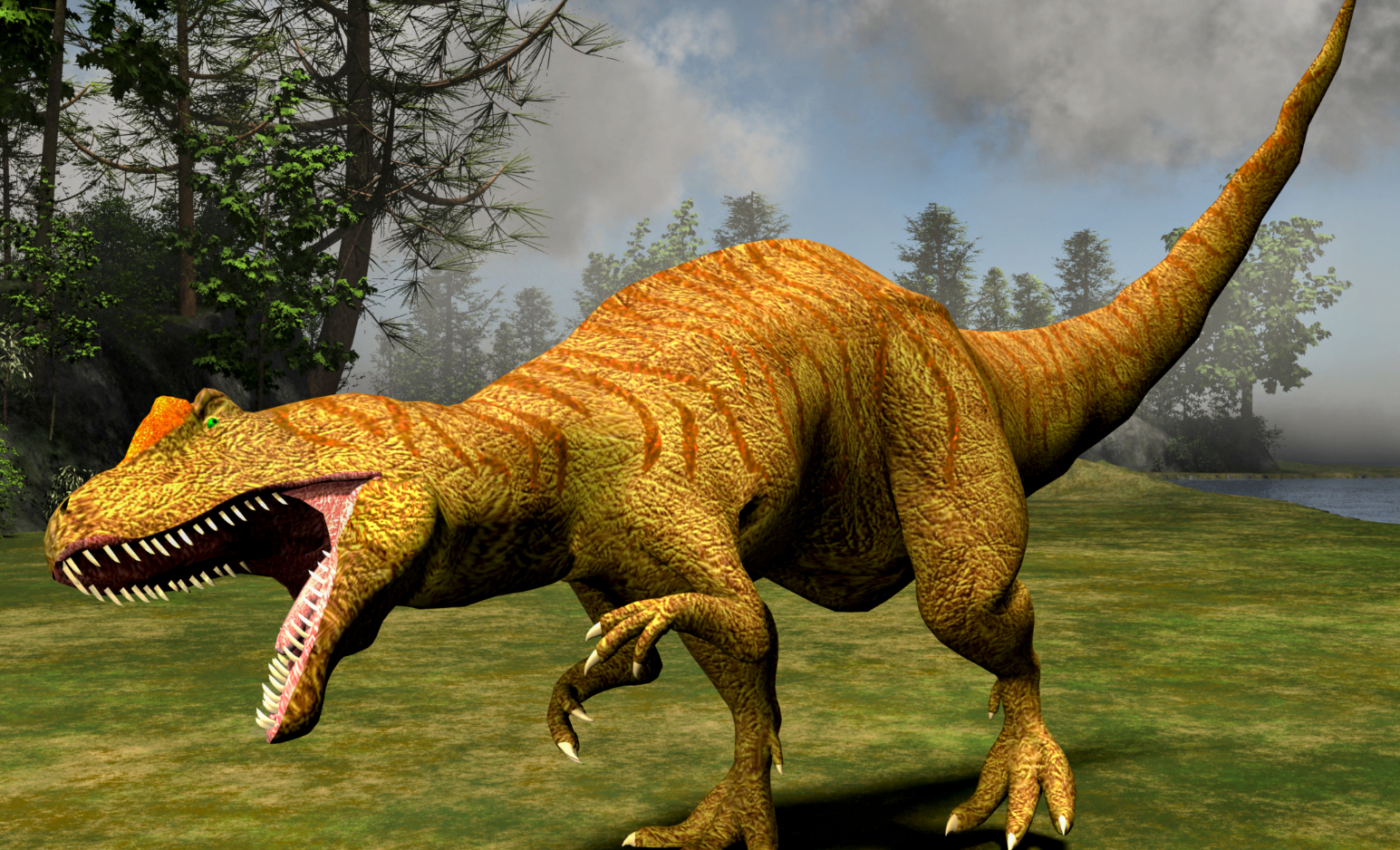
Unusual dinosaur tracks likely made by a therapod with an injury
The Las Hoyas fossil site is situated in the Las Hoyas Basin in central eastern Spain. It was declared a Paleontological and Historical Heritage Site in 2016 but has been excavated since 1992. The site is well known for its exceptionally preserved fossils of many different lifeforms, including algae, invertebrates and vertebrates. In one area of the site, a large track of dinosaur footprints has been exposed, revealing some unusual aspects.
Fossilized tracks of animals, known as trackways, are an excellent source of information about the locomotion and behavior of extinct animals. The so-called magenta trackway in Las Hoyas was discovered in 2010 and was researched by Carlos M. Herrera-Castillo of the Autonomous University of Madrid, and his colleagues. The six footprints were made by a large theropod dinosaur that walked across the surface of the wetland some 129 million years ago.
At the time that this bipedal dinosaur left its very characteristic three-toed footprints, the surface of the wetland was covered by a microbial mat, a thin layer of living organisms including filamentous cyanobacteria, anaerobic photobacteria, and different types of prokaryotic and eukaryotic microorganisms. As the dinosaur walked along on this substratum, its feet sank into the microbial mat and very clear and detailed imprints were left behind. These traces were filled with sediment and became fossilized with time.
Herrera-Castillo and his colleagues used several different techniques to characterize and analyze the six footprints. They also compared them to a large sample of other bipedal dinosaur trackways that had been studied previously. Their results are published today in the journal PLOS ONE.
The researchers found that this set of footprints had an unusually wide step pattern, as though the individual was walking with its legs spread apart more than normal. In addition, they noted that the left foot and right foot imprints were significantly different. Whereas the right foot displayed all three toes splayed out evenly, the left foot appeared to have lost the innermost toe (digit II), or to have it dislocated and curled backwards underneath the foot.
The footprints of the left foot were significantly shorter than those of the right foot, and the researchers suggested the dinosaur had either sustained an injury to that foot, or had a congenital deformity. The gait of the animal appeared to be adjusted to accommodate the abnormality, specifically by putting more weight on the right leg while favoring the left.
The authors state that the dinosaur walked in a straight line, with a constant direction, while maintaining a consistent stride. They feel this is evidence of a constant walking speed and a regular walking pattern, indicative that the dinosaur remained functional and active, despite its deformity. From the length of the stride and the overall size of the normal footprints, the researchers estimate that the dinosaur was around 2 meters high at the hips.
There are other instances where fossilized trackways show evidence of foot pathology in dinosaurs, and one of the most common abnormalities involves the very same digit, digit II. This toe is sometimes missing, but may also show swelling, torsion or backward displacement.
The authors conclude that the magenta trackway at Las Hoyas is “one of the best trackways of a theropod dinosaur, which combines a foot pathology and a fairly regular gait, although with a forced wide-trackway.” Their results support the idea of this very large dinosaur with an injured foot that strode slowly and consistently across a shallow wetland with sediment that was covered in a microbial mat, while assorted fishes also swam along and left their traces in the same sediment.
—
By Alison Bosman, Earth.com Staff Writer













